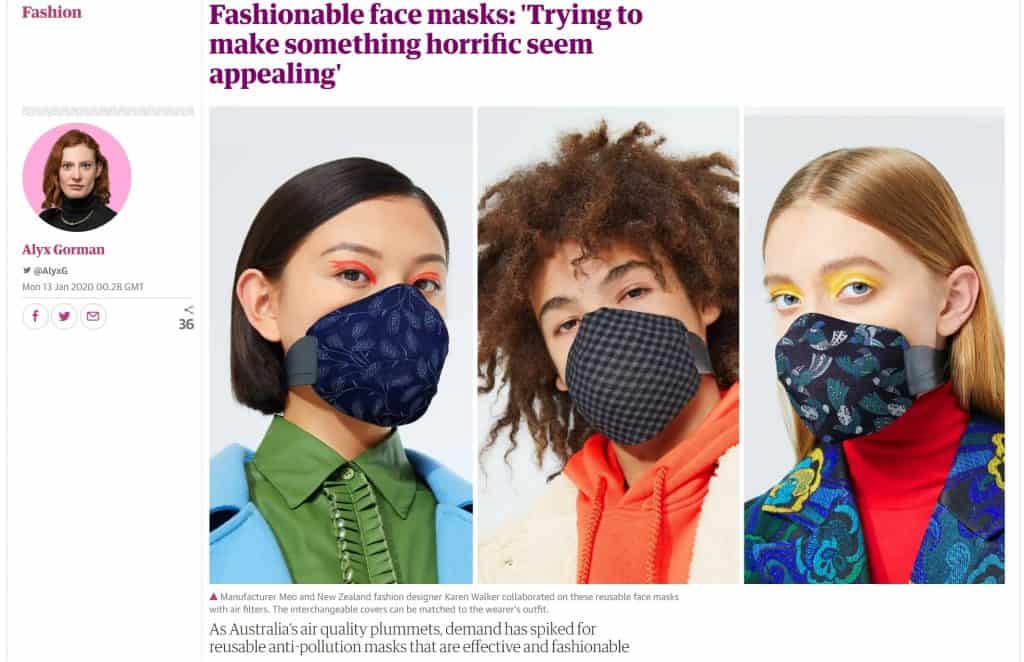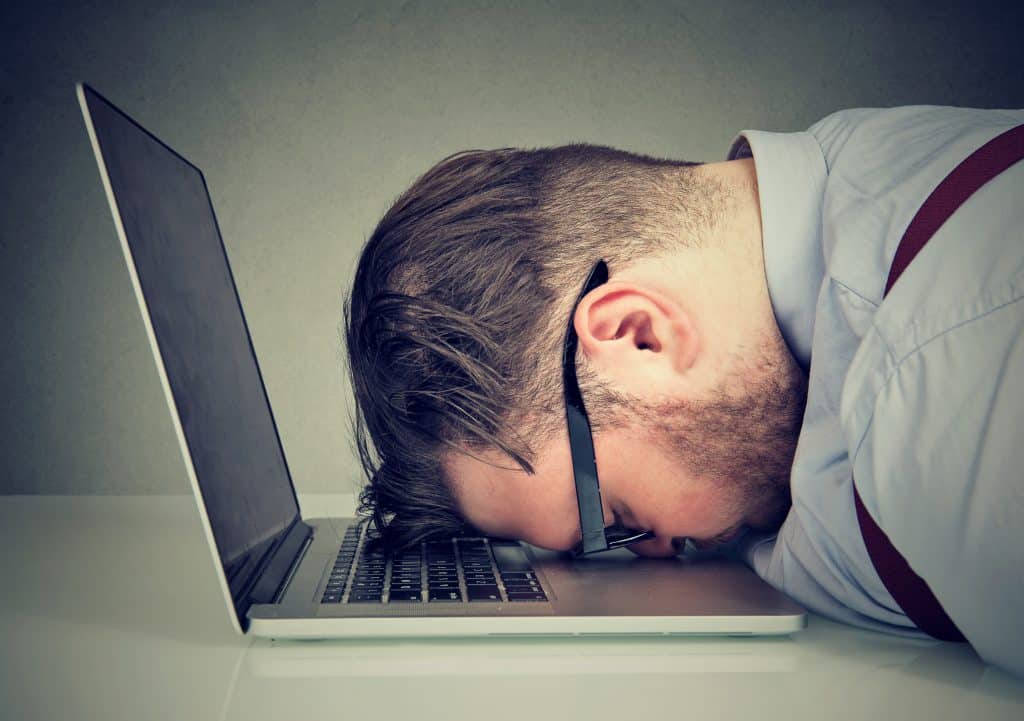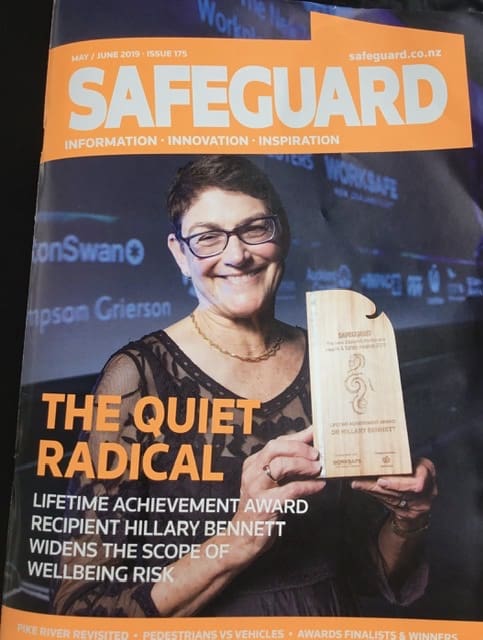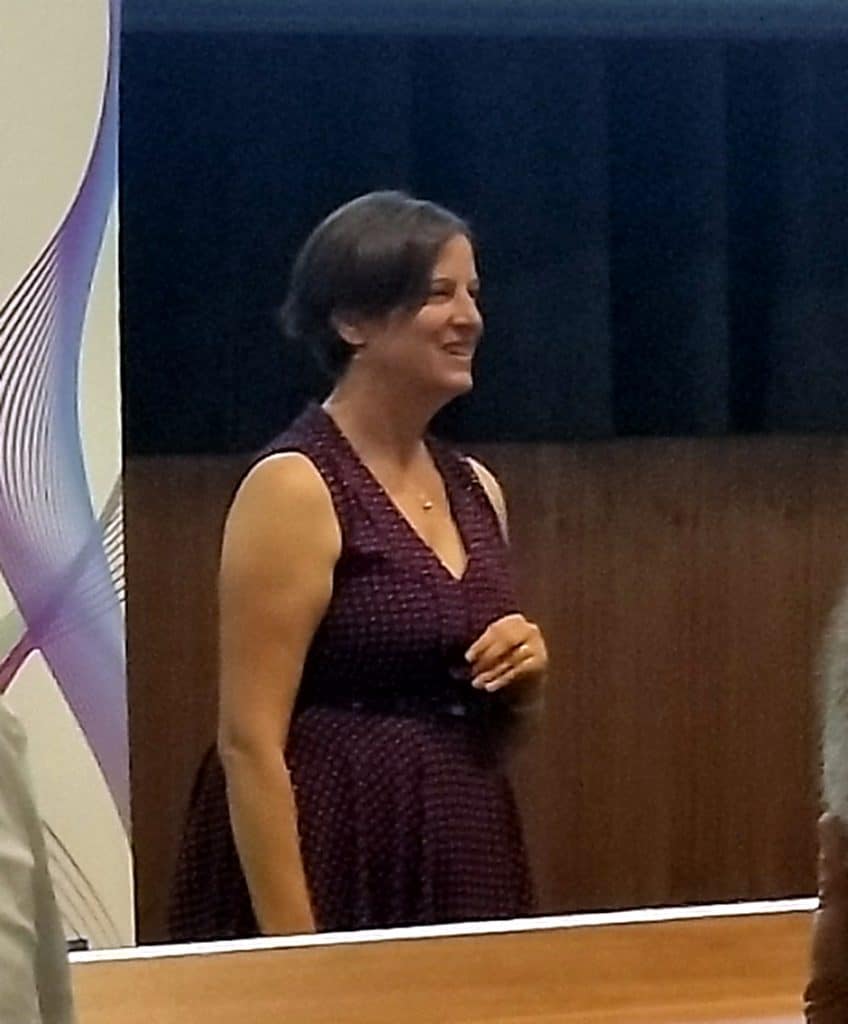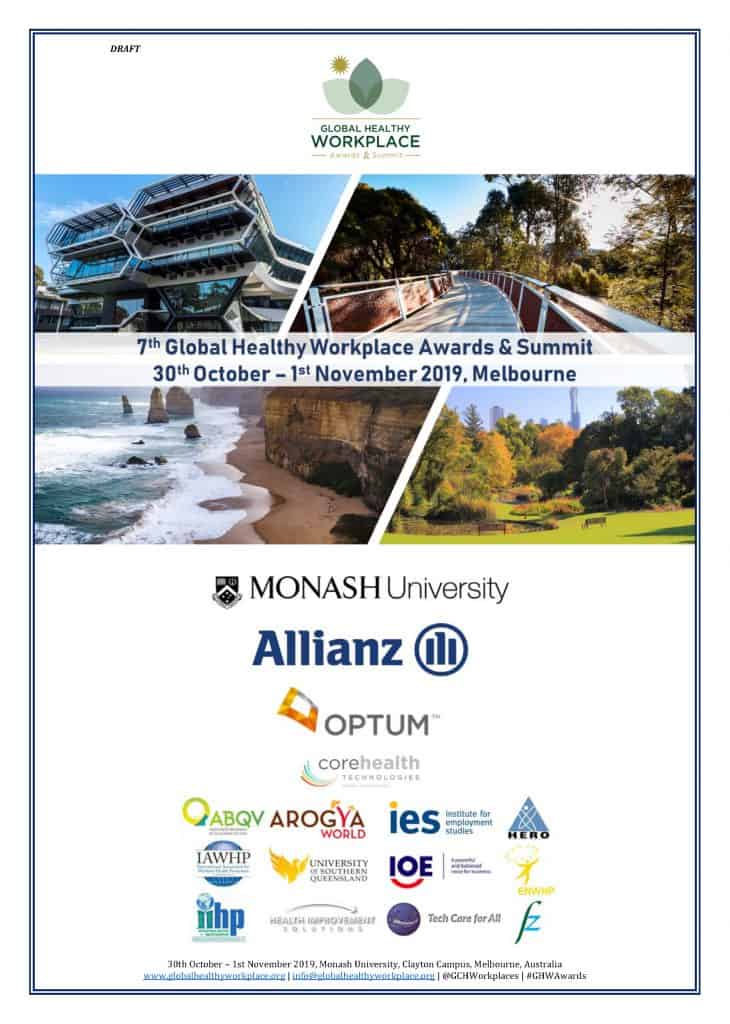The latest edition of CEO Magazine contains a brief report of a workplace mental health breakfast seminar. It is written by John Karagounis, the CEO of the CEO Circle, the host of the seminar. Prominent speakers included Julia Gillard, Paul Howes and Georgie Harman, all associated with beyondblue. The prevention of mental ill-health at work is only inferred in this article, which reflects the dominant, and limited, perspective of most of the mental health sector. A deeper and broader analysis of workplace mental health is deserved.
However, the article included two statements of note. Clarification is being sought on this Karagounis statement:

